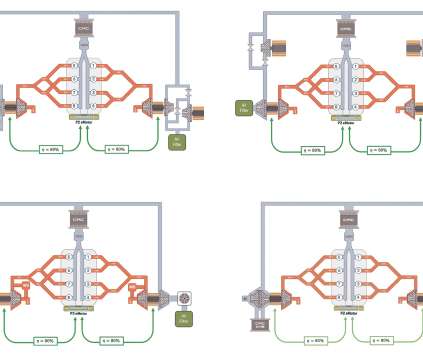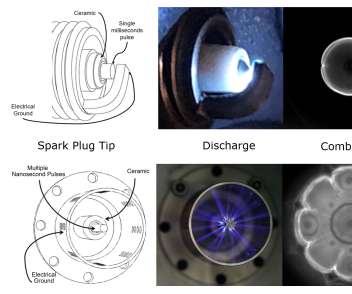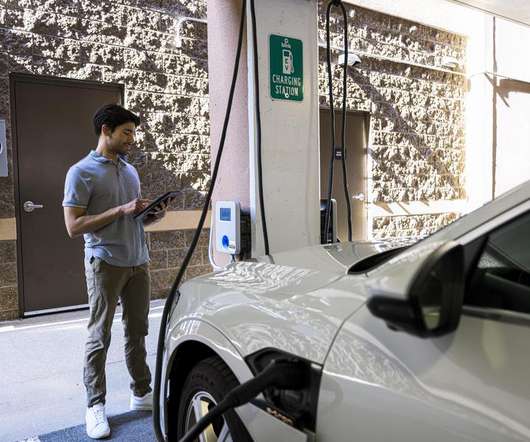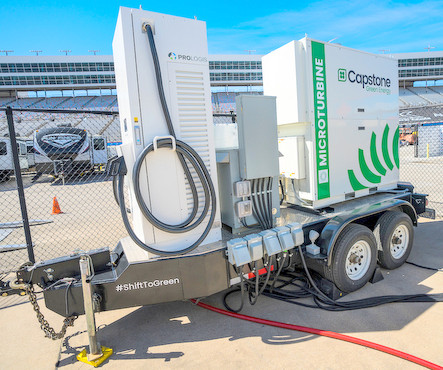Porsche simulates hydrogen V8 for virtual Nordschleife run; 440 kW, 261 km/h, near-zero NOx
Green Car Congress
AUGUST 19, 2022
Current work on hydrogen combustion engines worldwide is predominantly being done for commercial vehicles with a relatively low specific output of around 50 kW per liter of displacement. For clean combustion of hydrogen, the turbochargers have to, on the one hand, provide around twice as much air mass as they do in gasoline engines.











































Let's personalize your content